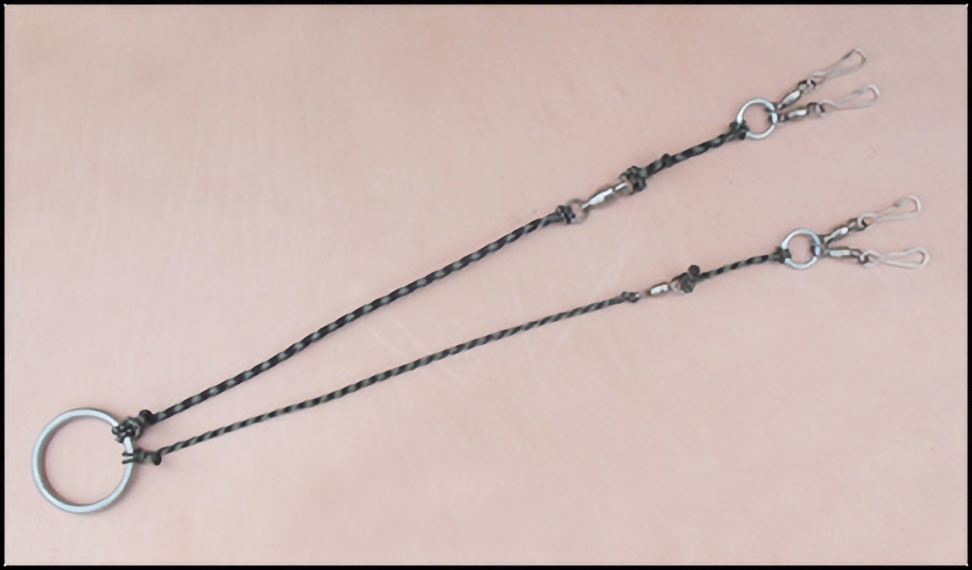 http://www.westernsporting.com/FE202...Two-Sizes.html
http://www.westernsporting.com/FE202...Two-Sizes.html
Western Sporting has recently added a new Clip and Swivel tethering system (FE2028A), which is based on the tethering system that has been used successfully by the Coulson's and other falconers for many years. This new Clip and Swivel tethering system uses a similar clip/swivel arrangement, but is a little different in that it is put together using a tough, custom braided loop leash and extension of the same material and quality of our other braided equipment.
Here at Western Sporting we are more accustomed to using a traditional tethering arrangement with our falcons which has an extension, swivel and leash looped through the jesses. We put a lot of thought into the design of these clip and swivel tethering systems, but we are still interested in everyone's views on using these types of systems with their hawks and experiences they've had with them.
We'd like to start a discussion on the pros and cons of this sort of tethering arrangement.








 Reply With Quote
Reply With Quote